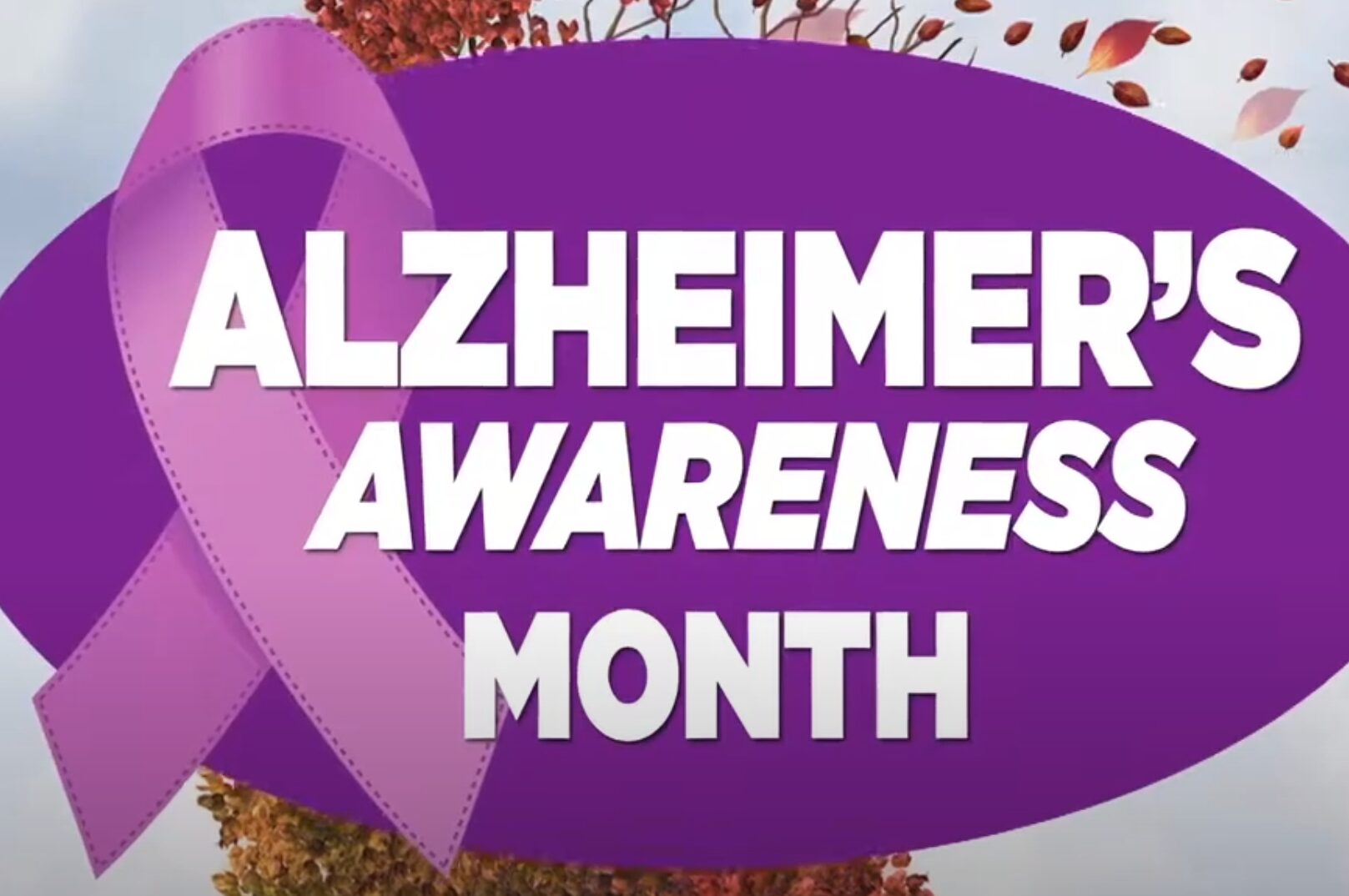During the politician’s previous 2016 presidential campaign, his doctor revealed that Sanders had a mild elevation of cholesterol, inflammation in the bowel, and an underactive thyroid gland. And critics of the campaign had regularly criticised the senator’s age. But “overall” he was in “very good health” with no signs of heart problems and he had no reported history of heart disease, said the doctor, the New York Times reported.
But that all changed in October 2019 when Sanders was taken to a Las Vegas hospital and given major surgery for a heart attack while on the campaign trail.
After three days of silence from the campaign, it was revealed that Sanders was having chest pain during a fundraiser in a Las Vegas restaurant.
The chest pain had come on three days before but at the event, things had started to deteriorate and the senator asked an aide for a chair.
According to reporters, he looked visibly uncomfortable leaving the event and was quickly taken to the desert springs hospital centre.
READ MORE: Taking too much vitamin B12? Your hands and feet can signal you’re overdoing supplements
These stents contain a tiny balloon, which when put in place, is blown up to press the blocking substances against the side of the artery, giving more room for blood to flow, according to Mayo Clinic.
The insertion of stents is a common surgery for people who have suffered a heart attack and is used by the NHS in the UK as well.
Shortly after his surgery, Sanders got back onto the campaign trail again.
“After two and a half days in the hospital, I feel great, and after taking a short time off, I look forward to getting back to work,” Mr Sanders said in a press statement.
They are used to create a new channel which skips past the blocked section of the artery to allow blood to continue flowing to the heart.
According to the NHS, the risks from angioplasty are lower than having a bypass but the health body may recommend a bypass if you have heart disease and are over 65 or have diabetes.
“Coronary angioplasty usually has a smaller risk of complications, but there’s a chance you’ll need further treatment because the affected artery may narrow again,” the NHS states.
“However, the number of people who need further surgery has fallen because of the use of drug-eluting stents – which are coated with medication that reduces the risk of the artery becoming blocked again.”
If you have the symptoms of a heart attack, which include chest pain and a pain that spreads from your chain around your body, as well as breathlessness, please do not hesitate to call 999.
Source: | This article first appeared on Express.co.uk
Original Article










